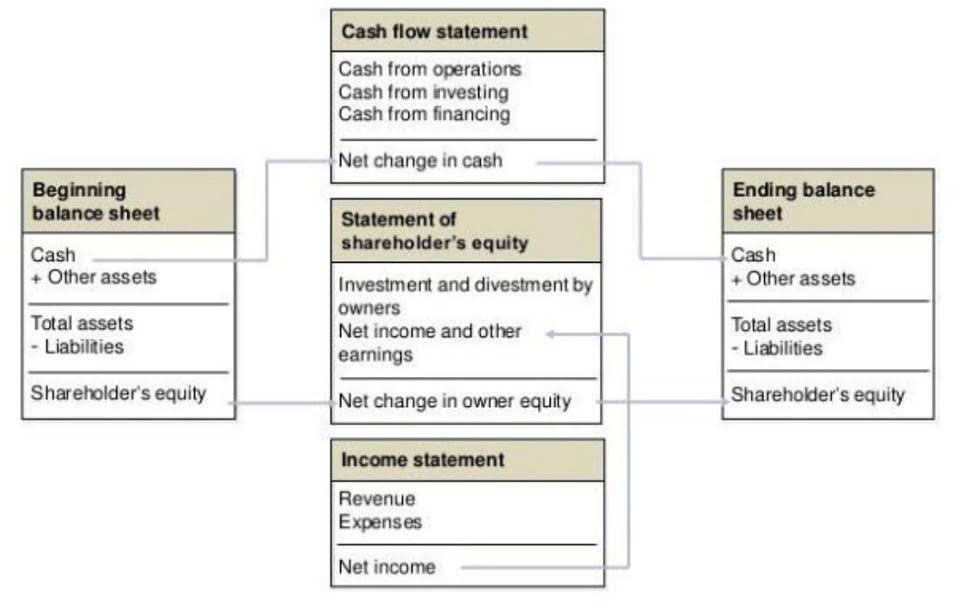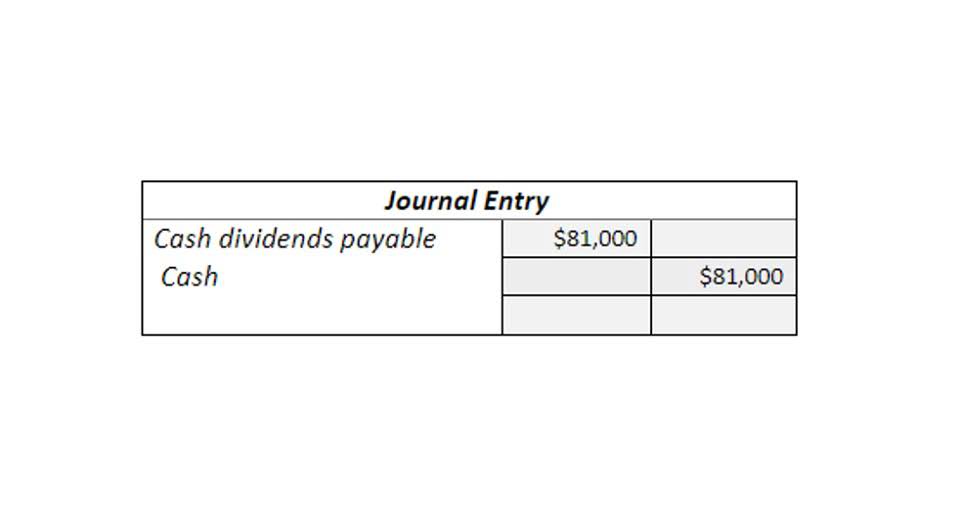
The most common of these is the distribution of a stock dividend. The other is an action on the part of the board of directors to increase paid-in capital by reducing RE. Let’s say that in March, business continues roaring along, and you make another $10,000 in profit. Since you’re thinking of keeping that money for reinvestment in the business, you forego a cash dividend and decide to issue a 5% stock dividend instead. Positive retained earnings signify financial stability and the ability to reinvest in the company’s growth.
Step 4: Subtract Dividends Paid Out to Investors

Dividend payments can vary widely, depending on the company and the firm’s industry. Established businesses that generate consistent earnings make larger dividend payouts, on average, because they have larger retained earnings balances in place. However, a startup business may retain all of the company earnings to fund growth. To find retained earnings, you’ll need to use a formula to calculate the balance in the retained earnings account at the end of an accounting period.
Stay up to date on the latest accounting tips and training
- As a result, any factors that affect net income, causing an increase or a decrease, will also ultimately affect RE.
- Retained earnings could be used for funding an expansion or paying dividends to shareholders at a later date.
- Expenses are grouped toward the bottom of the income statement, and net income (bottom line) is on the last line of the statement.
- It’s often the most important number, as it describes how a company performs financially.
- Well-managed businesses can consistently generate operating income, and the balance is reported below gross profit.
The firm need not change the title of the general ledger account even though it contains a debit balance. The most common credits and debits made to Retained Earnings are for income (or losses) and dividends. Occasionally, accountants make other entries to the Retained Earnings account. It is recorded into the Retained Earnings account, which is reported in the Stockholder’s Equity section of the company’s balance sheet.
Retained Earnings: Entries and Statements

Net income is the amount of money a company has after subtracting revenue costs. Retained earnings are the cash left after paying the dividends from the net income. Want to make sure your retained earnings calculations are accurate?

You might need a piece of new equipment, a warehouse, or a new website. And because these costs are outside your regular operating expenses, you can cover them from your business’s retained earnings. Instead, they reallocate a portion of the RE to common stock and additional paid-in capital accounts. This allocation does not impact the overall size of the company’s balance sheet, but it does decrease the value of stocks per share.

You can retain earnings, pay a cash dividend to shareholders, or choose a hybrid solution that addresses both of those. The details are up to you, and you should use what you’ve learned here to make smart decisions regarding retained earnings and the future of your business. You can stay on top of your earnings, get accurate retained earnings asset or liability reports, and easily track transitions with QuickBooks. Shareholder’s equity section includes common stock, additional paid-in capital, and retained earnings. Alternately, dividends are cash or stock payments that a company makes to its shareholders out of profits or reserves, typically on a quarterly or annual basis.
- You can also store receipts, have a choice between cash and accrual accounting, and run reports when you need to.
- However, it can be challenged by the shareholders through a majority vote because they are the real owners of the company.
- This document calculates net income, which you’ll need to calculate your retained earnings balance later.
- Undistributed profit is shown in the books as retained earnings.
How are retained earnings different from dividends?
- Retained earnings represent the portion of the cumulative profit of a company that the business can keep or save for later use.
- The amount of additional paid-in capital is determined solely by the number of shares a company sells.
- If a company receives a net income of $40,000, the retained earnings for that month will also grow by $40,000.
- A balance sheet is a key financial statement that provides a telling snapshot of what a company owns and owes, as well as revealing how much shareholders have invested in it.
- The schedule uses a corkscrew-type calculation, where the current period opening balance is equal to the prior period closing balance.
There are plenty of options out there, including QuickBooks, Xero, and FreshBooks. Over the same duration, its stock price rose by $84 ($112 – $28) per share. Retained earnings are also called earnings surplus and represent reserve money, which is available to company management for reinvesting back into the business.
Retained earnings, on the other hand, refer to the portion of a company’s net profit that hasn’t been paid out to its shareholders as dividends. First, revenue refers to the total amount of money generated by a company. It is a key indicator of a company’s ability to generate sales and it’s reported before deducting any expenses. Retained earnings are reported in the shareholders’ equity section of a balance sheet. Retained earnings, at their core, are the portion of a company’s net income that remains after all dividends and distributions to shareholders are paid out.
What Impact do Retained Earnings have on Investors?
- Note that each section of the balance sheet may contain several accounts.
- You can also finance new products, pay debts, or pay stock or cash dividends.
- Retained earnings are like a running tally of how much profit your company has managed to hold onto since it was founded.
- To calculate retained earnings add net income to or subtract any net losses from beginning retained earnings and subtracting any dividends paid to shareholders.
- Nonetheless, the accounting is similar to other deductions from the retained earnings balance.
An increase or decrease in revenue affects retained earnings because it impacts profits or net income. A surplus in your net income would result in more money being allocated to retained earnings after money is spent on debt reduction, business investment or dividends. Any factors that affect net income to increase or decrease will also ultimately affect retained earnings. On a sole proprietorship’s balance sheet and accounting equation, Owner’s Equity on one of three main components. Owner’s Equity is the owner’s investment in their own business minus the owner’s withdrawals from the business plus net income (or minus the net loss) since the business began.
